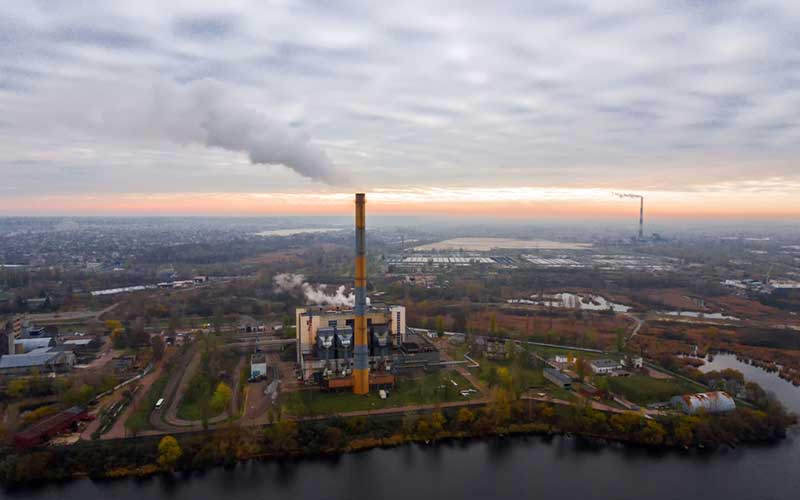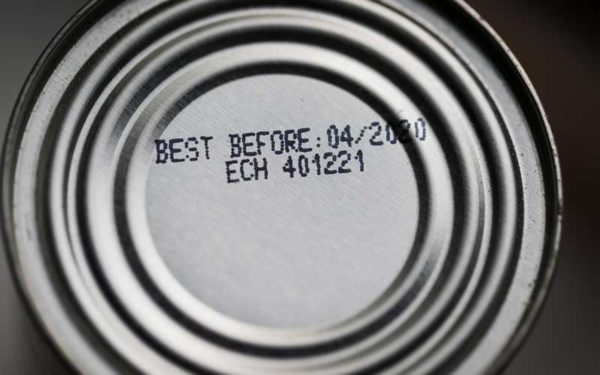
Environmental justice communities across New England are suffering from the hazardous impacts of incinerators. Photo: Ronedya via Shutterstock.
After years of working hard and saving money, my mother, an immigrant from El Salvador, was able to buy a three-decker house in Lynn, Massachusetts – a huge accomplishment for our family. Growing up here, I have always been hyper-aware of the massive waste incinerator towering over my backyard. In fact, anyone driving in or out of Boston would be remiss not to notice the facility pumping thick gray smoke into the air.
While I’ve recognized the facility as a black mark on my hometown for years, I learned only recently about the dire consequences it has on the people of my community. Every day, the incinerator releases toxic emissions, like carbon monoxide, mercury, and lead, into the air.
My experience, however, is not unique. Communities like mine across New England deal with the crude repercussions of local incinerators every day. But the truth is, we don’t need incineration to “deal with” our waste. New England officials have an obligation to serve their communities by working alongside us to shut down these old, polluting facilities and move towards more sustainable alternatives.
The Case of Wheelabrator Saugus
Home to seven waste incinerators, Massachusetts burns more trash per capita than any other state in the country, except for Connecticut. What’s more, six of these incinerators are located in environmental justice communities – defined as communities of color, low-income communities, and communities with low English proficiency. Because residents of these communities are forced to breathe in toxic emissions from these incinerators every day, they face a disproportionate number of health issues, like respiratory problems, birth defects, and cancer.
Wheelabrator Saugus is the oldest and largest waste incinerator in Massachusetts and sits in the city of Saugus and borders my hometown of Lynn – the same, massive incinerator that towers over my backyard. While incinerators are built to operate for about 20 to 30 years, the Saugus facility has run long past its intended lifespan. Operating for more than 45 years now, the incinerator continuously breaks down, putting the environment and the lives of community members at greater risk.
Community Voices on Wheelabrator Saugus
Wanting to learn about my own community’s experience with the Wheelabrator Saugus incinerator, I reached out to local residents to see what they knew about the facility and to hear their stories.
After living in Revere – another community heavily affected by the Wheelabrator incinerator – for the better part of a decade, Ana moved the short distance to Lynn in 2018. The housing was much cheaper there, she said. Ana told me that her mother recently passed away from cancer, but she had no idea that the toxic smoke from the incinerator down the street could have contributed to the development of her mother’s illness. Had she known about the dangers of living so close to an incinerator, Ana said she would have searched for housing in other areas. But, while moving away may be an option for some, many residents lack the means to do so. And besides, they shouldn’t have to move to be able to breathe clean air.
Another Lynn resident I spoke to has a young daughter who recently developed asthma. Having moved to the area as an undocumented immigrant, he is greatly concerned with being able to get her the medical attention she needs. Occasionally having difficulty breathing himself – an issue he’s never had before – he believes that the air in Lynn is heavily polluted.
But air pollution isn’t the only injustice my community faces when it comes to the Saugus incinerator.
One Lynn resident, who perhaps lives closer to Wheelabrator Saugus than others I spoke with, shared how noise from the facility disturbs her wellbeing. Because she works the early shift at Logan Airport, she often sleeps in the afternoon. But due to the dreadful noises the incinerator produces, she cannot get quality sleep.
Noise complaints were common among all the residents I talked to. Because Lynn is a working-class community, it’s normal for people to work in the early morning hours and sleep in the afternoon. I spoke to community members who work at fast-food restaurants, hospitals, and trucking companies, all of whom expressed disturbance about the noise coming from Wheelabrator Saugus – at all hours of the day.
Wheelabrator Saugus is Not Unique
The issues faced by residents in Lynn, Revere, and Saugus are felt across the New England communities where waste incinerators are sited. Take Bridgeport, Connecticut. A city with a large concentration of marginalized populations, it looks very similar to Lynn. What’s more, Bridgeport houses the largest operating incinerator in the state, burning almost 800,000 tons of trash every year.
In reaching out to Bridgeport residents to better understand their experiences with the incinerator, I found many similarities to my own story and that of my neighbors in Lynn.
A longtime resident of Bridgeport, Anabel has always been aware of the massive facility in her community but did not know its purpose – that is, until now. The incinerator is located on the coast of Long Island Sound in an area called Seaside – which Anabel noted has a reputation for being dirty and not a good place to live. Anabel used to live closer to the incinerator and recalls countless days when strange, gray dust accumulated around her and her neighbors’ homes. No one knew what it was or where it came from, only that they had to clean frequently.
Another Bridgeport resident shared that she and many of her friends all have asthma. Growing up, she said it was not uncommon for kids to sit out of gym class because of difficulty breathing. However, when attending her out-of-state college, her asthma does not act up as much as when she’s home. While she knew the incinerator’s smoke did not help her asthma, she didn’t realize just how much it impacted her health until she moved away to college.
To Protect Our Communities, We Must Shut Local Incinerators Down
To ensure the health of residents in Lynn, Bridgeport, and the many other environmental justice communities across New England that suffer from the hazardous impacts of incinerators, we must shut these facilities down. Not only are incinerators dangerous, but they are also outdated, inefficient, and expensive to manage.
Instead of relying on incineration to “get rid of” our trash, cities and towns should be shifting their so-called “waste management systems” to zero waste alternatives. This means increasing recycling, developing composting programs, and implementing systems of reuse. Not only are these options cheaper than landfilling and incineration, but they are better for the health of our environment and our communities. As long we allow incinerators to operate, we will continue to poison our planet and our people.
Now through Sunday, September 15, 2020, we have the power to urge the Massachusetts Department of Environmental Protection (MassDEP) to phase out incineration in the state as part of the 2020–2030 Solid Waste Master Plan – a plan that will guide the management of Massachusetts’ trash over the next ten years. Use your voice to comment on this plan. Tell MassDEP why you care about shutting these facilities down; tell them that we need to transition the Solid Waste Master Plan to a Zero Waste Master Plan.
Spanish Translation – Waste Incineration is an Environmental Justice Issue



